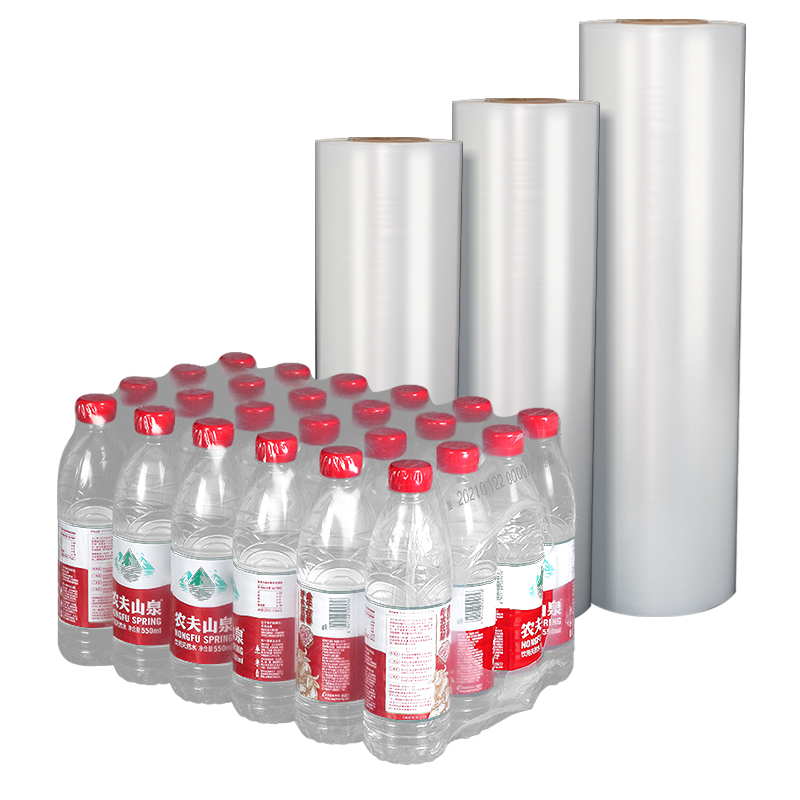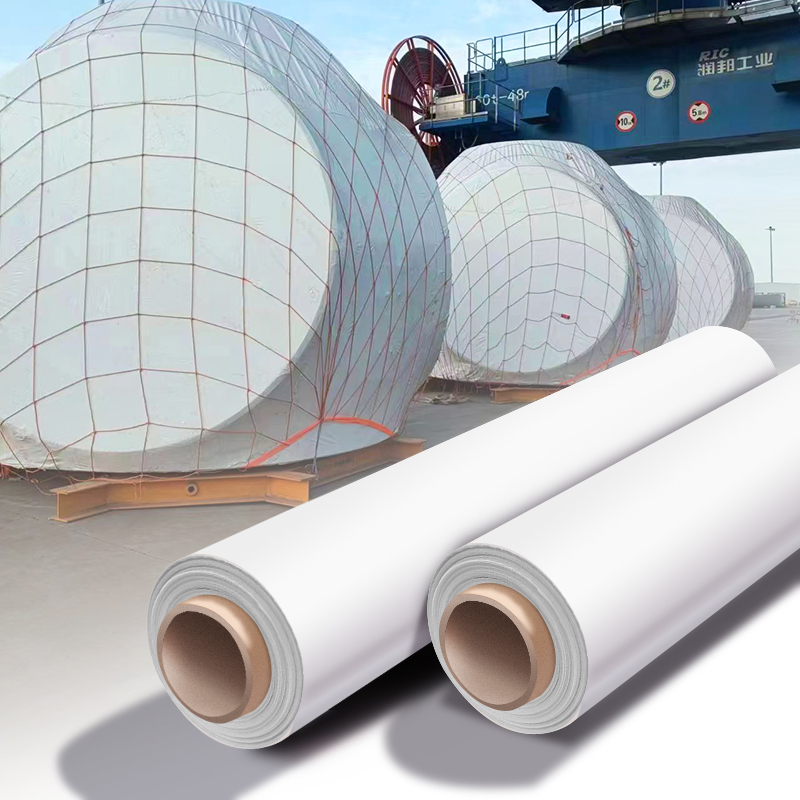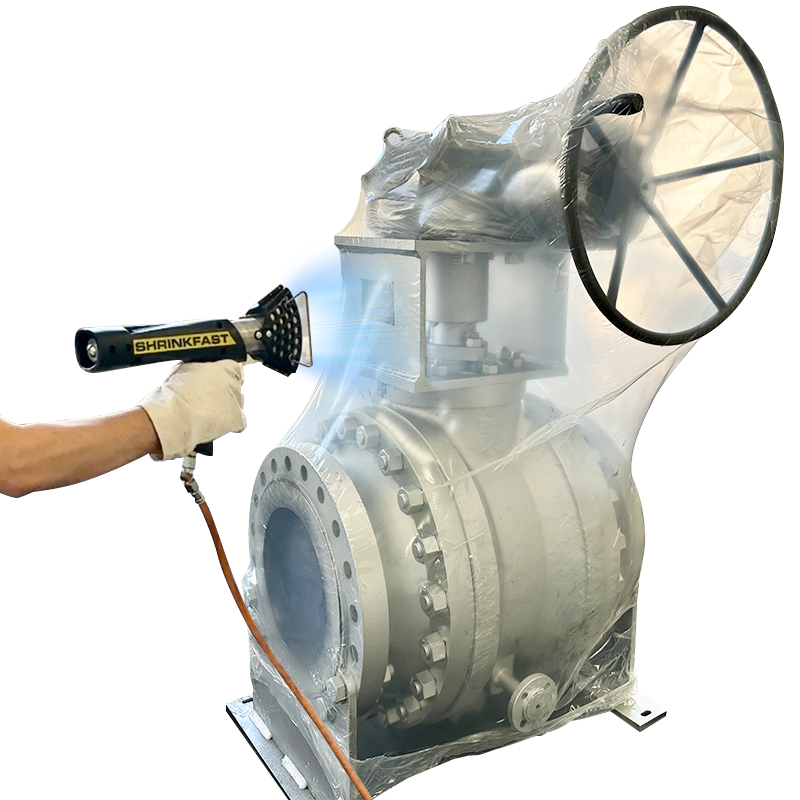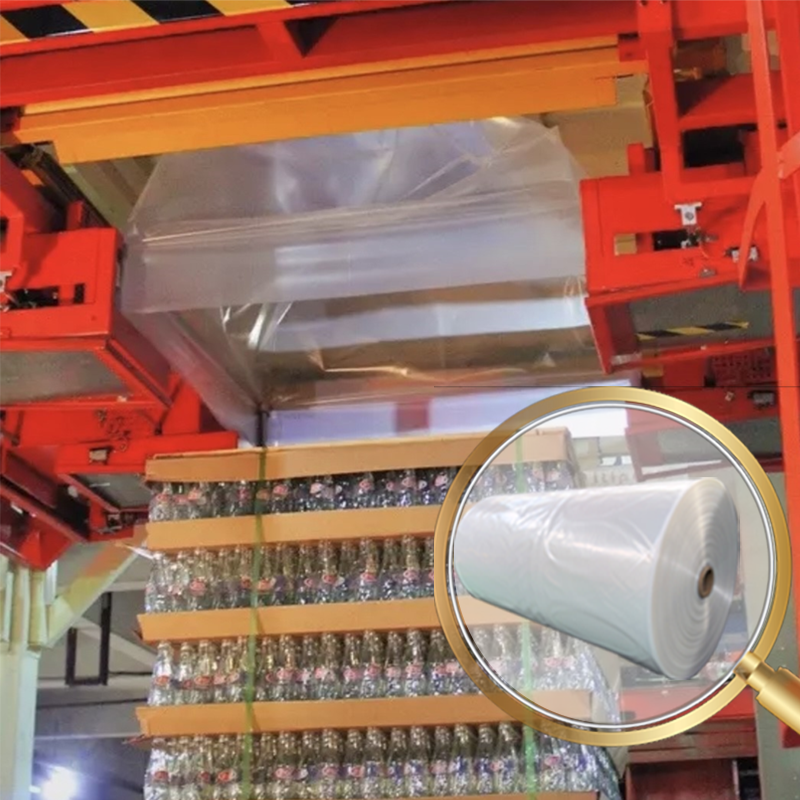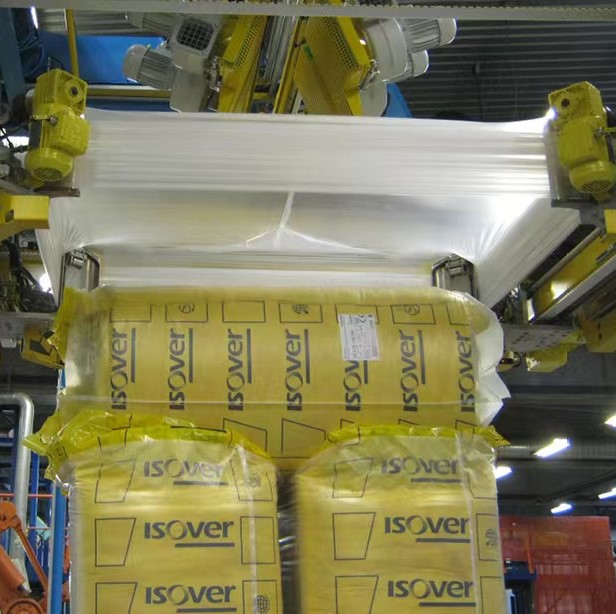The production process and principle of shrink film
Plastics include amorphous plastics and crystalline plastics. In the process of producing thin films, plastic is heated and melted, and the intermolecular forces between its macromolecules weaken. The macromolecules are arranged in an disordered manner, and even after the film is cooled, as long as the temperature is below the softening point, the macromolecules remain in an irregular state. If it is reheated to the high elastic temperature of the high polymer and stretched, the macromolecular chains will be arranged in a regular orientation along the direction of external force (stretching direction). At this point, the film is cooled and the orientation of the molecular chain segments is frozen. When the thin film is reheated, due to the activity of molecular chain segments, the polymer has a tendency to recover its pre stretching size (memory function). The stretched oriented film undergoes stress relaxation, while the oriented film undergoes reorientation. The film shrinks back to its initial size along the original stretching direction. This is the thermal shrinkage of the film.
Analysis of longitudinal shrinkage rate of heat shrink film
Measure the longitudinal shrinkage length of the membrane based on temperature and time changes, and calculate the longitudinal shrinkage rate of the membrane, as shown in Figure 1.
Comparing Figure 1a - c, it can be seen that the longitudinal thermal shrinkage rates of several heat shrink films in this experiment all increase with the increase of heating temperature or heating time during packaging operation. Among them, the longitudinal thermal shrinkage rate of PE film increases the most, with a shrinkage rate of about 45% to 70%. This can be explained from the following two aspects: firstly, the crystallinity of PE film is higher than the other three films. Generally speaking, the higher the crystallinity of the film, the closer its molecular arrangement and density, resulting in a higher shrinkage rate; On the other hand, the reason may be that the longitudinal tensile strength of the PE film is also relatively high, resulting in a higher thermal shrinkage rate. Comparing Figure 1a-c, it can be seen that the PE film has good thermal stability in the range of 150-180 ℃. When PET film is heated for 10 seconds at a temperature of 100-120 ℃, the thermal shrinkage rate is also relatively high, which may be due to its high crystallinity; But as the temperature and heating time further increase, the thermal shrinkage rate of PET does not change much, which may be due to the relatively low longitudinal stretching degree of the PET thermal shrinkage film. The longitudinal heat recovery rates of PVC and PVC are not significantly different, but due to the slightly higher crystallinity of PVC, its longitudinal shrinkage rate is also slightly higher.

 4000538828
4000538828


